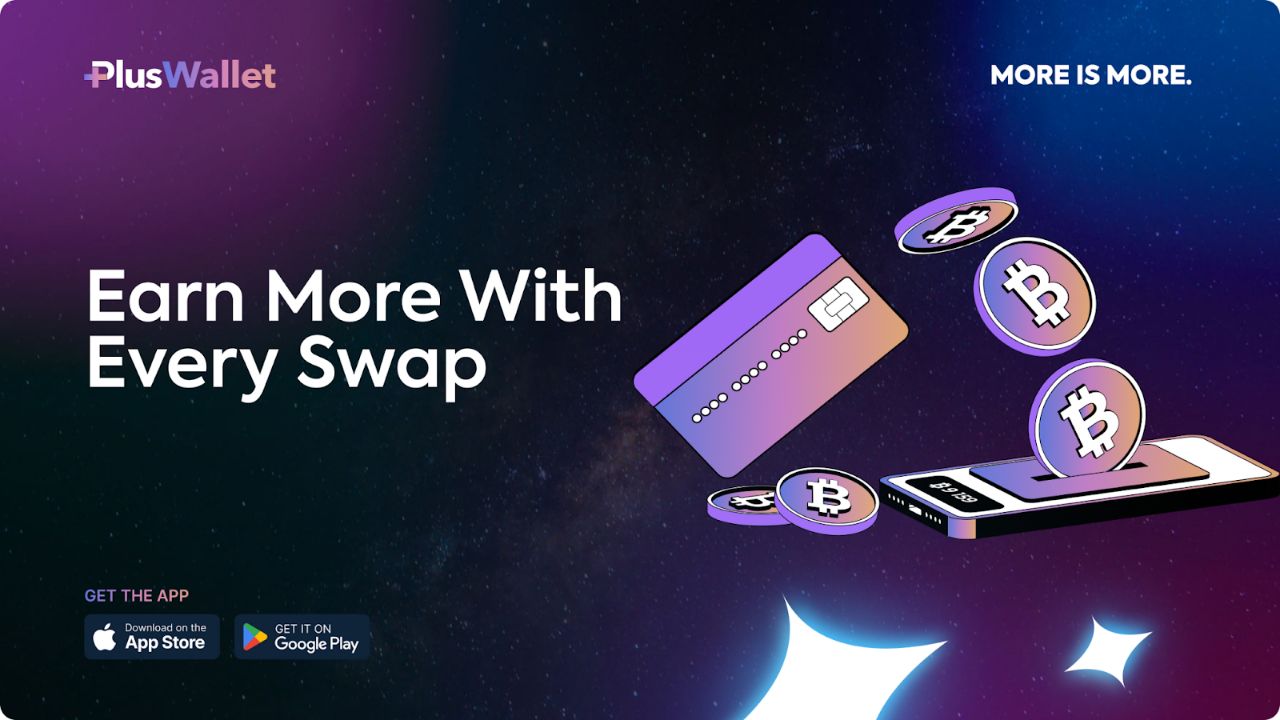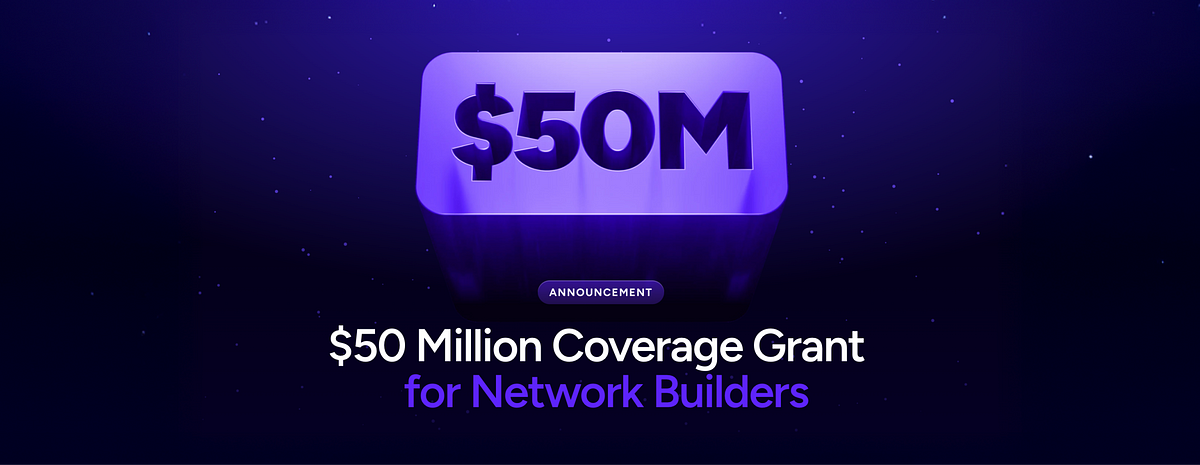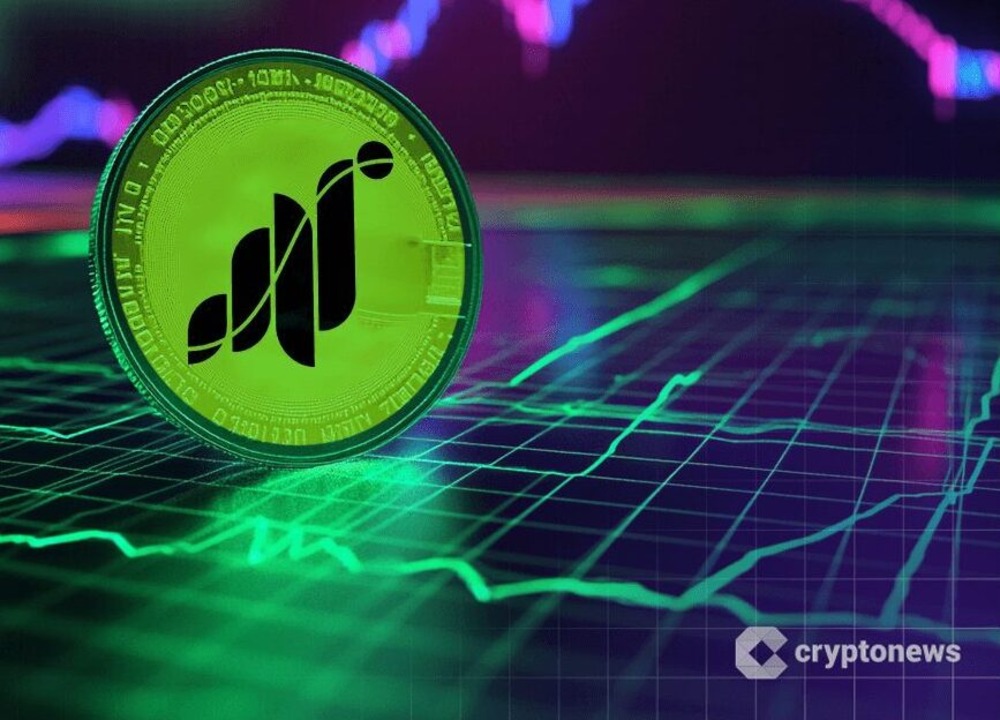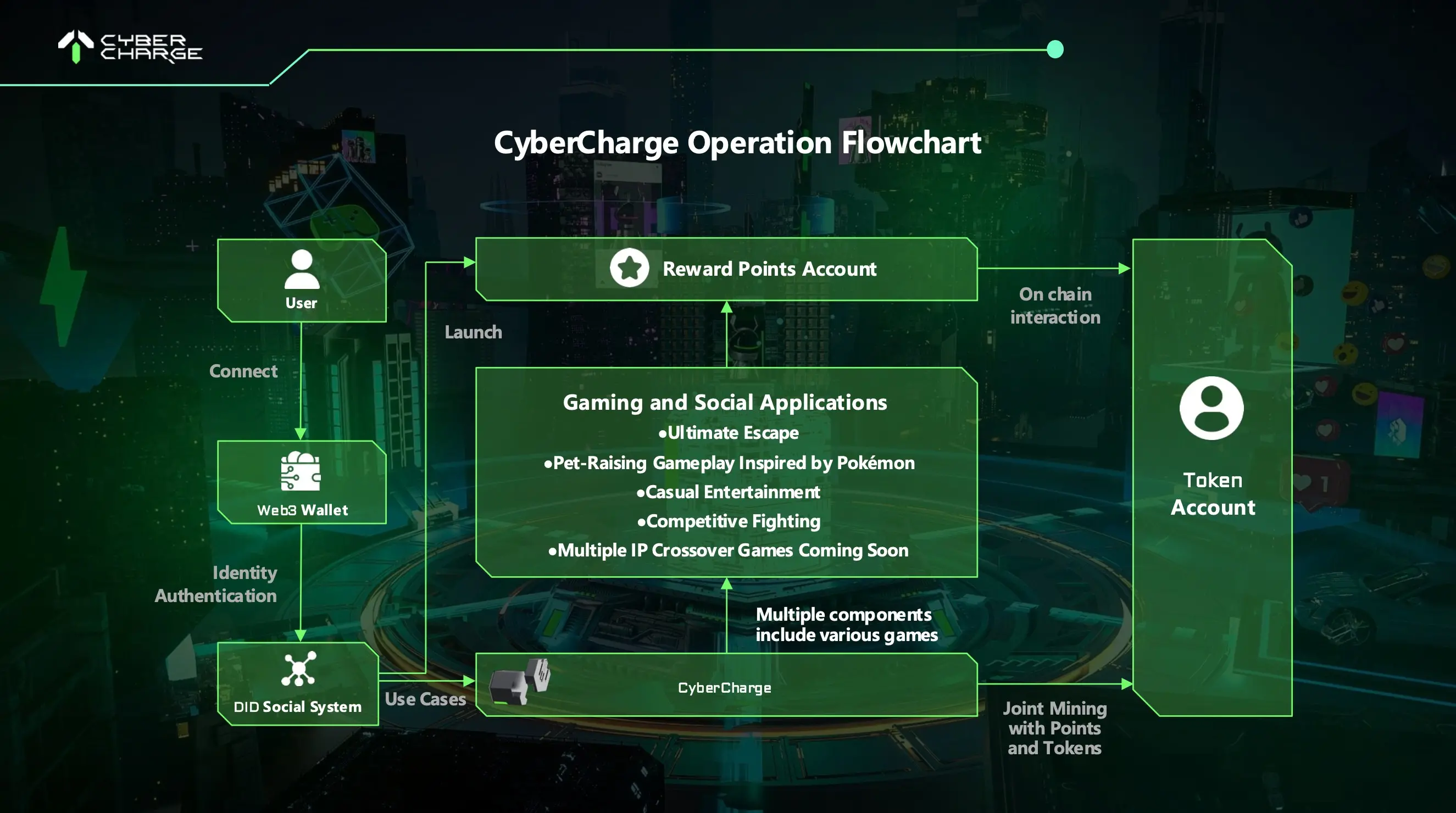MetaMask and Plus Wallet Innovations Drive Crypto Engagement

MetaMask has recently enhanced its functionality through integration with IoTeX, allowing users to perform seamless token transfers across various blockchains. This integration significantly improves interoperability for active traders, enabling over 30 million users to engage across 90 different blockchain environments. However, some users have reported issues with the Snap feature, which can experience sporadic delays, particularly when handling large token volumes. This reliance on multiple network connections may also slow down transactions, leading to frustration among users seeking quicker responses.
In the wake of the recent U.S. election results, XRP has seen a notable rally, with its price climbing to $0.5142, marking a 2.19% increase. This surge is largely attributed to optimism surrounding Trump’s potential influence on future crypto regulations, particularly regarding the SEC’s stance on Ripple. Trump’s promises to dismiss SEC Chair Gary Gensler could ease regulatory pressures, benefiting XRP’s market position. However, the dependency on political changes introduces volatility, as ongoing legal actions from the SEC could still pose risks for XRP investors.
Plus Wallet is making waves in the crypto wallet sector by transforming everyday transactions into earning opportunities. Its innovative features, such as ‘Swap to Earn’ and ‘Refer to Earn’, allow users to profit from their trading activities and expand their networks for passive income. This approach not only enhances user engagement but also fosters a supportive community focused on mutual benefits. As crypto enthusiasts increasingly seek wallets that provide rewards alongside basic functionalities, Plus Wallet’s commitment to user empowerment positions it as a leading choice in the market.
Related News





